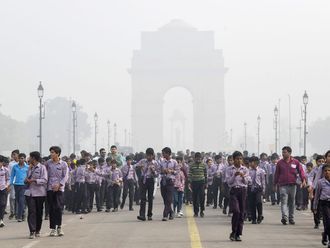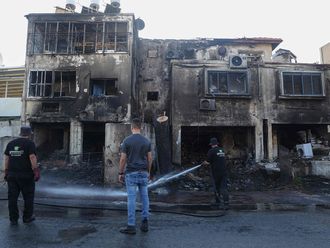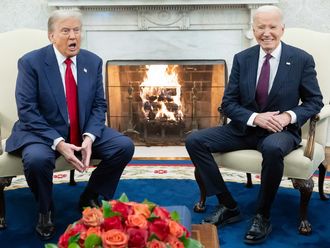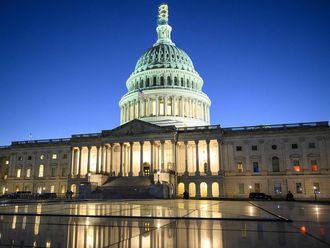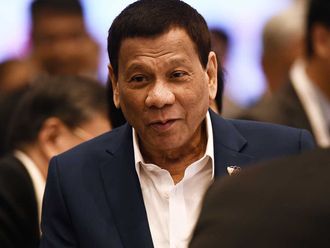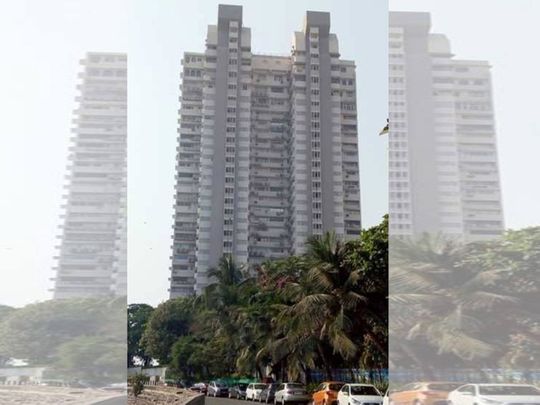
Mumbai: With the Arabian Sea waves gently kissing its regal foundations, a cool salty breeze or gales - depending on the season - enveloping it round the year, Mumbais famed Samudra Mahal is again in the headlines.
A veritable playgrounds of the royalty, Richie riches, high-and-mighty and a few shady characters, too, the 'Sea Palace' was once owned by the Gwalior Kingdom's rulers - the Scindias, a Hindu Maratha family with roots in Maharashtra - and many of its descendents continue to rule the roost in modern political era.
Among the bigwigs ensconced here include a duplex-terrace flat owned by the Scindia family who often visit the building, and since the past few years, their tenant and Yes Bank founder Rana Kapoor, currently under a cloud for his alleged murky dealings.
A couple of years ago, it was the fugitive diamantaire Nirav Modi, who was another respectable resident, occasionally he and mostly wife Ami Modi, joining Diwali and Holi celebrations merrily with the other residents, until the family quietly disappeared one day, according to a current member of the society.
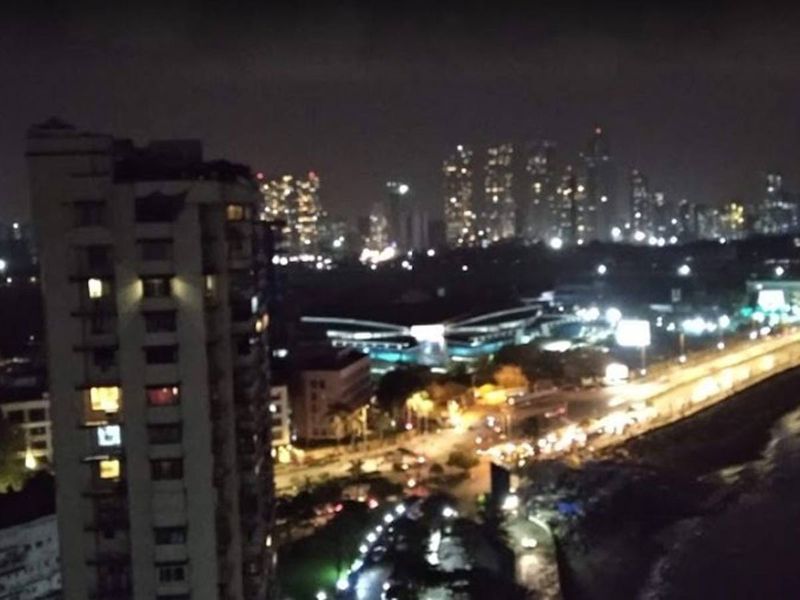
Ditto was the case with the absconder liquor and aviation baron, Vijay Mallya, who simply vanished one day and the neighbours learnt about it only through media headlines of his business scams.
The spirit of another shady corporate raider, Manu R. Chhabria, once a prominent resident here, also roams free on the Samudra Mahal complex.
Contrary to speculation in some quarters, the Scindias are NOT the owners of the building which, since 1977, is a professionally managed, top-maintained, safe and secure cooperative housing society, built on the ramparts of the erstwhile 'Samudra Mahal', the Gwalior royal family's Mumbai palace, of which only a small cottage still exists.
Others in the posh complex include Akshata (Narayana Infosys) Murthy, Nandan Nilekani, Vedanta Group head Prateek Agarwal, Motilal Oswal Group's Joint-MD Raamdeo Agrawal, The Xander Group founder-chairman Siddharth Yog, Famous Studios chief A.K. Roongta, other top industrialists, bankers and big businessmen.
There are around two dozen corporate flats owned by various companies like Tatas, L&T, Blue Star, ITC, Sterlite Industries, CEAT, etc, housing their top honchos.
In recent times, locals say that there are frequent 'visits' by ED, IT, CBI and others raiding some of the notorious elements, though most residents never poke their noses into their 'neighbours businesses'.
Built in 1974 by Helicopter Services Pvt. Ltd., a company owned by the late Madhavrao Scindia, the 28-storied building is split in two wings A & B, with around 85 flats, on around two acres.
"It was India's first 'corporate residential tower', since all the original buyers 'by invitation' were only top corporate houses. Gradually, over the years, they sold over to individuals who now make up around two-thirds of the total occupants," a member told IANS, requesting anonymity.
The property is part of the original 20 acres bought for a pittance from the Aga Khan, by the then Maharaja of Gwalior, Madhavrao Scindia - the great grandpa of newly-inducted BJP leader Jyotiraditya Scindia.
Because of its unique design, each of the 4BHK duplex with 3,638 sq. feet and 3BHK flats with 1875 sq. feet areas offers an eyeful of the vast Arabian Sea outside, and all the trappings inside like swimming pool, clubhouse, gym, two gardens, ample parking space, tight security, etc.
"When it was constructed, Worli was considered a forsaken area with mostly erstwhile palaces looming all around, the Mahalaxmi Race Court on one side, the tiny Haji Ali sea mausoleum at one end and a small Markandeshwar Temple on the other end," an old-time member added.
It was only after the economy boom of the 1990s that Worli shot into prominence with properties commanding staggering prices, and Samudra Mahal still commands around Rs 125,000 per square feet, among the highest in the world.
"Despite the value, there are many takers, but few willing to sell. When one flat comes in the market, its leads to a rush of super-rich prospective buyers, in olden days, some literally landing with bagsful of ready cash," smiled a prominent realty consultant of south Mumbai.
During the heydays of the original 'Samudra Mahal', its rich and regal neighbours in the 'Palace Precincts of South Mumbai' included Jay Mahal of the Gaekwads, royal family of Baroda, Kolhapur Mahal, Bandsa Mahal, Wankaner Palace, which once housed the US Consulate of Mumbai, Bikaner Palace, and now houses the famed Walsingham School that finds a mention in Salman Rushdie's book, the Patiala Palace, Hyderabad Nizam's Estate and the Morvi Palace.





